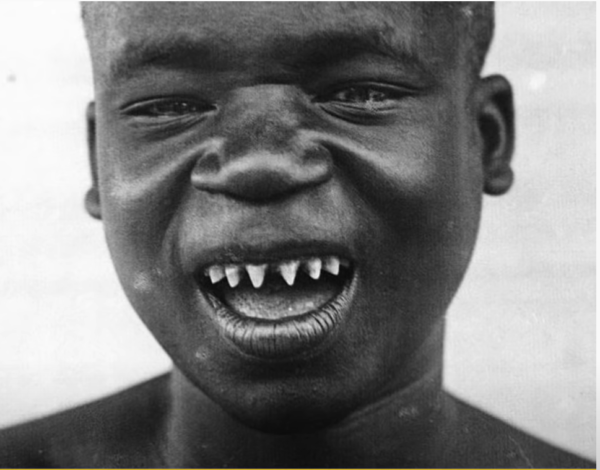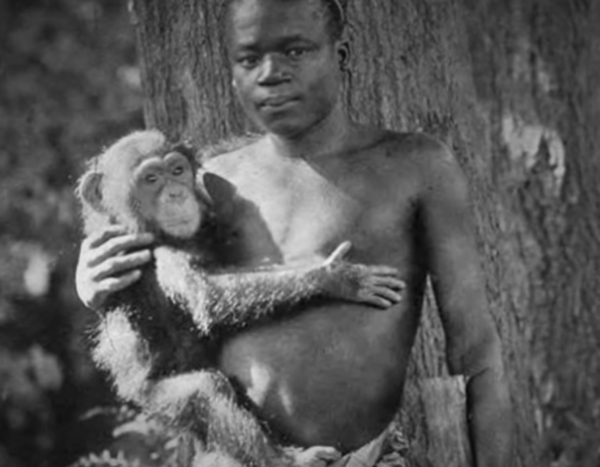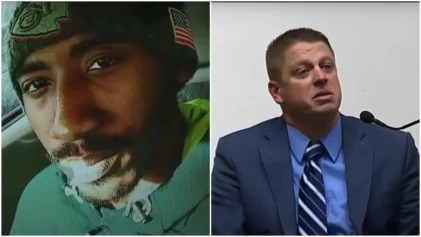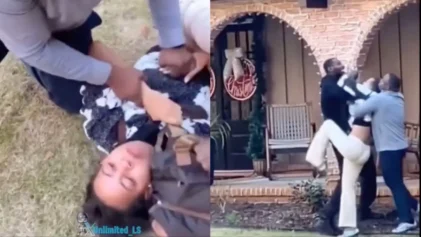The Wildlife Conservation Society (WCS), which runs New York’s Bronx Zoo, has apologized for its racist past.
The WCS issued a statement on Wednesday, in the wake of the zoo’s 125th anniversary celebration, apologizing for its treatment of an African man named Ota Benga. Benga, a man of the Mbuti people — who were once known in the West as “pygmies” — of the modern day Democratic Republic of Congo, was put on display in a “monkey house” for multiple days in September 1906.
“First, we apologize for and condemn the treatment of a young Central African from the Mbuti people of present-day Democratic Republic of Congo. His name was Ota Benga. Bronx Zoo officials, led by Director William Hornaday, put Ota Benga on display in the zoo’s Monkey House for several days during the week of September 8, 1906,” the organization said in a statement posted on the official website.
It was not until local Black ministers joined forces to shut down the display and transfer Benga to an orphanage, that the mockery came to an end. Benga’s teeth had been filed to sharp points in accordance with his tribe’s culture, but the zoo used the feature to represent Benga as “the wild man from Africa.”

Visitors at the zoo taunted Benga all day, chasing and tripping him on the grounds of the display when he was outside of the enclosure, laughing and poking him in the ribcage. A sign above his cage read “The Missing Link,” as if to suggest Benga was the evolutionary link between humans and man’s ape-like ancestors. A baby chimp was kept inside the cage with Benga.
WCS said that the apology comes as a result of deep reflection and self-examination in the aftermath of the nation’s reckoning with systemic racism.
“In the name of equality, transparency, and accountability, we must confront our organization’s historic role in promoting racial injustice as we advance our mission to save wildlife and wild places,” the statement said.
In 1904, Benga was recruited by anthropologist Samuel Phillips Verner, alongside other Africans, who were brought to America and put on display at an exhibit in the St. Louis Zoo. Two years later, Verner brought Benga, a 4-foot-11 23-year-old, to the Bronx Zoo, where he was displayed as a part of the monkey house.

About a decade after Benga was freed from the zoo and placed in an orphange, he committed suicide in Lynchbyrg, Virginia, at the age of 33. His body was buried in an unmarked grave.
A petition seeking 10,000 signatures was started to pressure the zoo to put a memorial plaque in the space where Benga was once displayed. The monkey house exhibit was not permanently closed until 2012.


